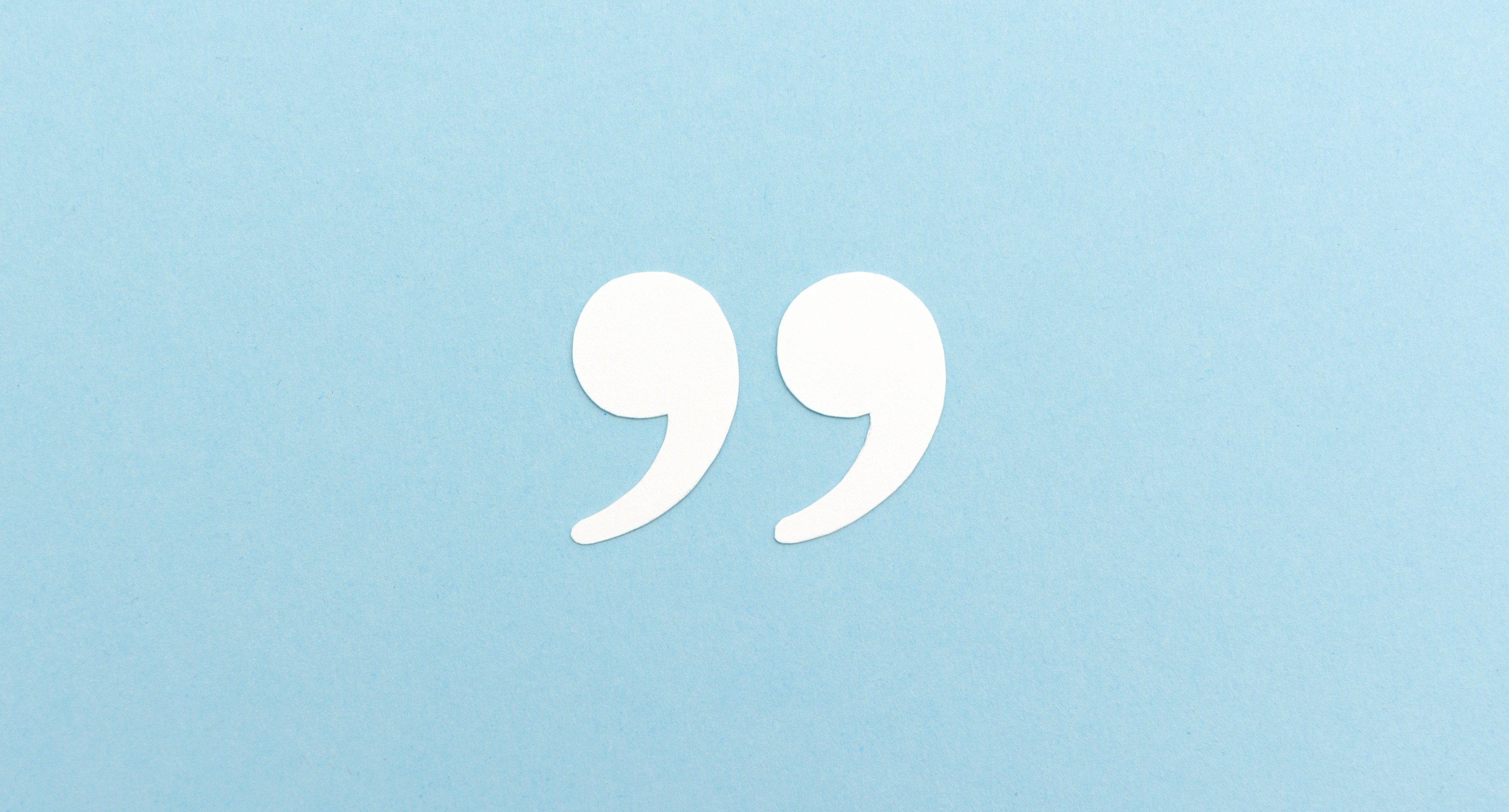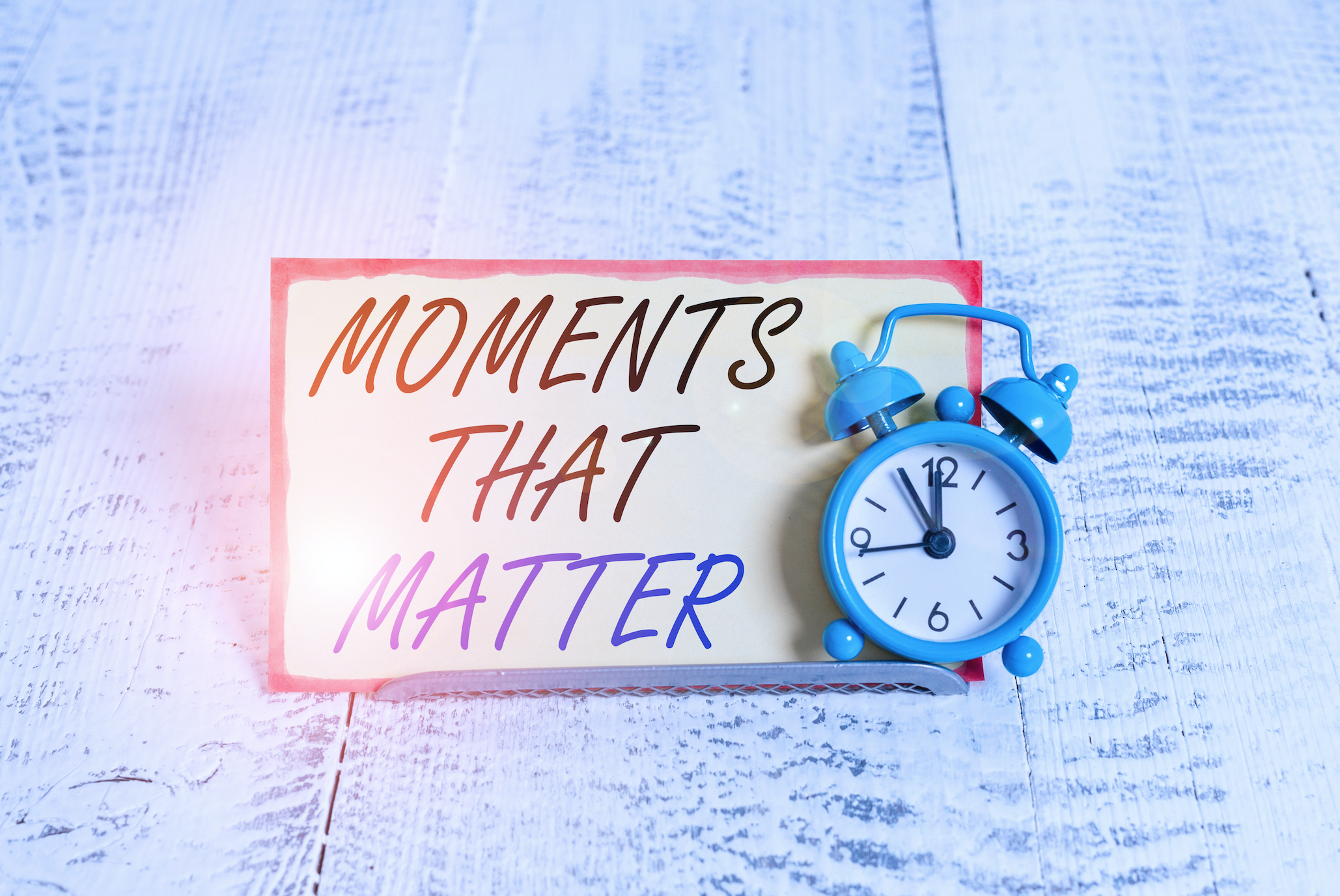I am happy to introduce a new ongoing series to The Awards Network Blog this week that will help to cover all of the stages of an incentive program. The last Monday of each month will be dedicated to a blog covering one of the following incentive program phases: planning, budgeting, implementing, kick off, ramp up, running and maturity. The goal of this new stages series is to walk readers through life cycle of an incentive program and share the important concepts you should consider at each step. Today’s post is all about planning an incentive program.
Your organization has decided to start up an incentive program, leaders in the organization understand the power and ROI of rewards and believe that implementing a reward program would be beneficial. The question, “What Next?” often comes up at this point, causing you to panic and wonder just how long this whole process is going to take. Planning an incentive program is similar to writing a story. As journalists answer who, what, when, why, where and how of a story in a news article, your job is to answer the “5 Ws & H” of your incentive award program during the planning stage.
What are the goals of our organization?
To start planning your incentive program, try writing down a list of short and long term goals your organization has. If you are unsure what other leaders/divisions/departments may consider long and short term goals, consult them for more input. Think about the issues that the Human Resources Department struggles with (absenteeism, turnover) along with what may be affecting your Call Center Division (low customer service ratings, high hold times) and any other areas that could be improved. Your list can be informally written on a piece of paper or entered into an Excel spreadsheet, at this point you are simply brainstorming.
Why would an incentive program benefit us?
When planning your incentive program, you need to pair your organizational goals with the objectives of the reward program in order to find out how the incentive program can most benefit your company. From your initial list of goals, think about if an objective is reached, could you measure the result or not. If you can measure the impact a goal would have if it was achieved, then it should be included in your list of incentive program goals. Common incentive program goals include increasing performance, safety, wellness and retention all of which translate to bottom line savings.
Your organization may also want to have the incentive program increase employee engagement or foster a culture of recognition. For an incentive program to benefit you in this way, you should think about goals that increase employee training and mentoring, achieve excellence in customer service and recognize anniversary milestones. Goals of this nature are designed to increase employee engagement by encouraging employees to develop their careers, increasing customer satisfaction and employee retention.
Who should incentives be targeted to? Where should we start the incentive program?
You should plan on targeting incentives to the group of people whose improvement would most impact your bottom line. Some clients will do a test run of the incentive program at a single location or a single department of the company in order to learn what works and what doesn’t before applying the incentive program to the entire company. Most of the time, clients of mine will target incentives to the entire company at the beginning or intend on rolling out the program to everyone after the test run has been in place for at least three months.
Keep in mind that most incentive programs are pay as you go so that you only pay for the rewards people earn. If no one reaches goals, then points aren’t awarded and rewards cannot be ordered; thus, you do not spend any budget or have to worry about having a negative ROI.
How can we entice people to participate in the incentive program?
There are many ways you can plan an incentive in order to maximize participation and the most important thing to participants is the WIIFM principal. If the incentive program is relevant to a person, he or she will be interested in participating. The second most important concept is to communicate with participants via various incentive program supplements.
When can we reasonably plan on the reward program starting?
After you have answered the previous questions, you are well on your way to finishing the plan for your incentive program. When the program starts is really up to you and the reward program provider you decide to partner with. If a new client has answered these five questions and has a really good idea of their incentive program plan, I can usually get the program up and running in two to three weeks. It is not unheard of getting the basic reward program up in running in a couple days though if a client knows what they are looking for and needs the program to begin as soon as possible.
On October 25, I will cover the budgeting stage of an incentive program. Be sure to check back monthly on the last day of the month for our incentive program stages series.







Leave a Comment